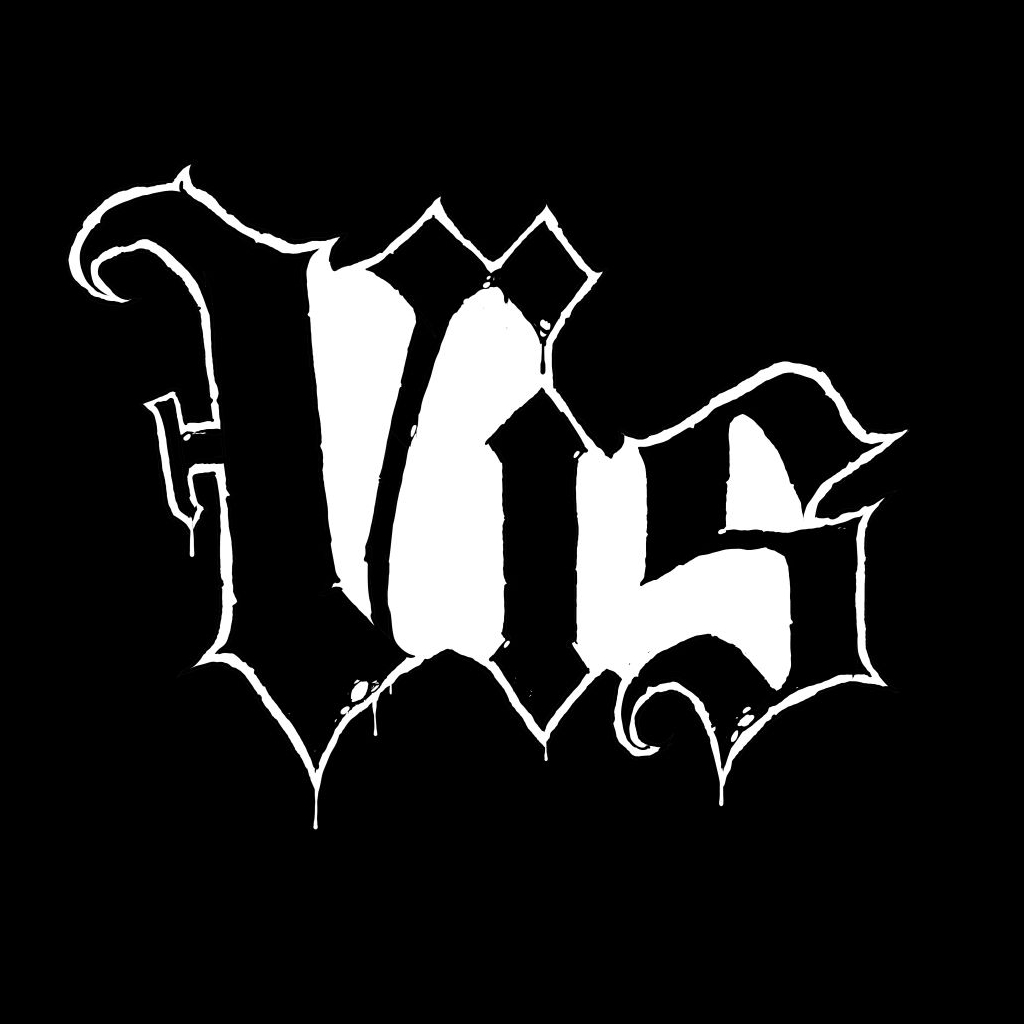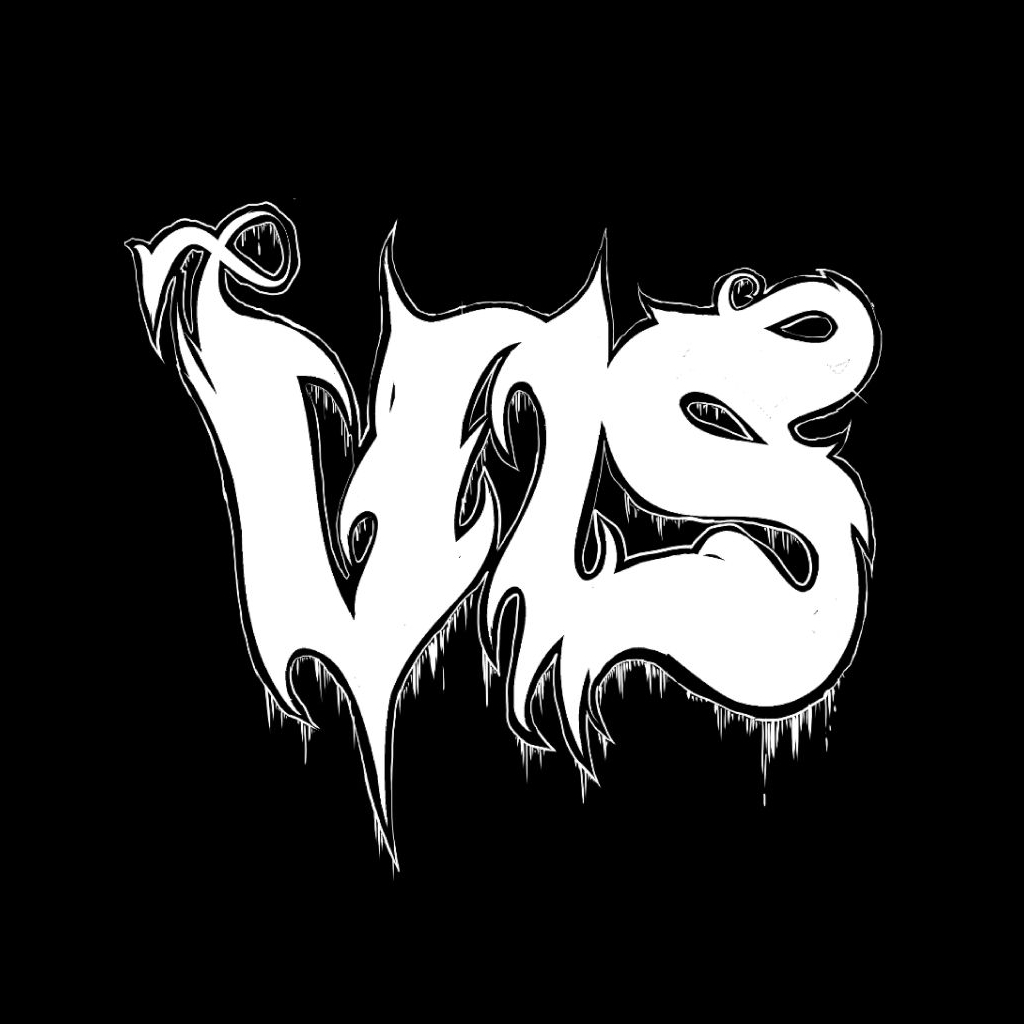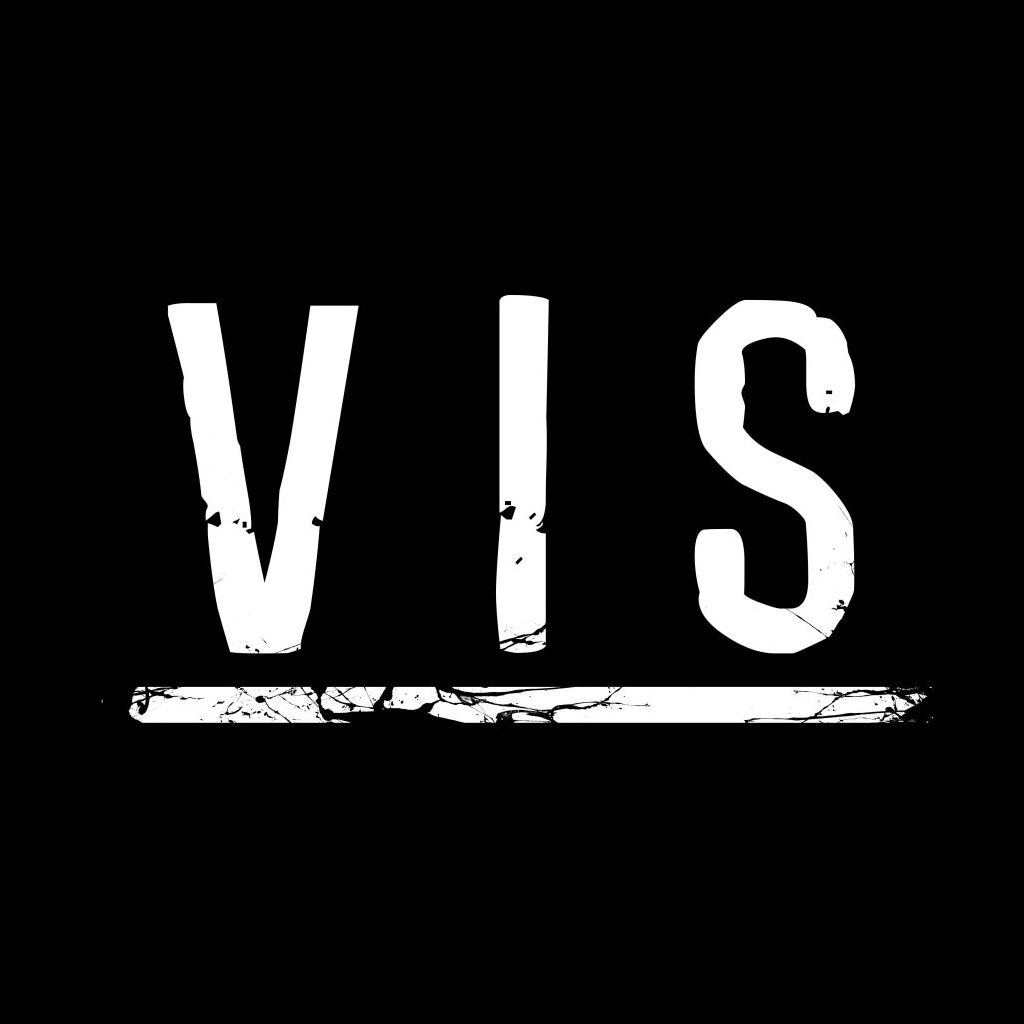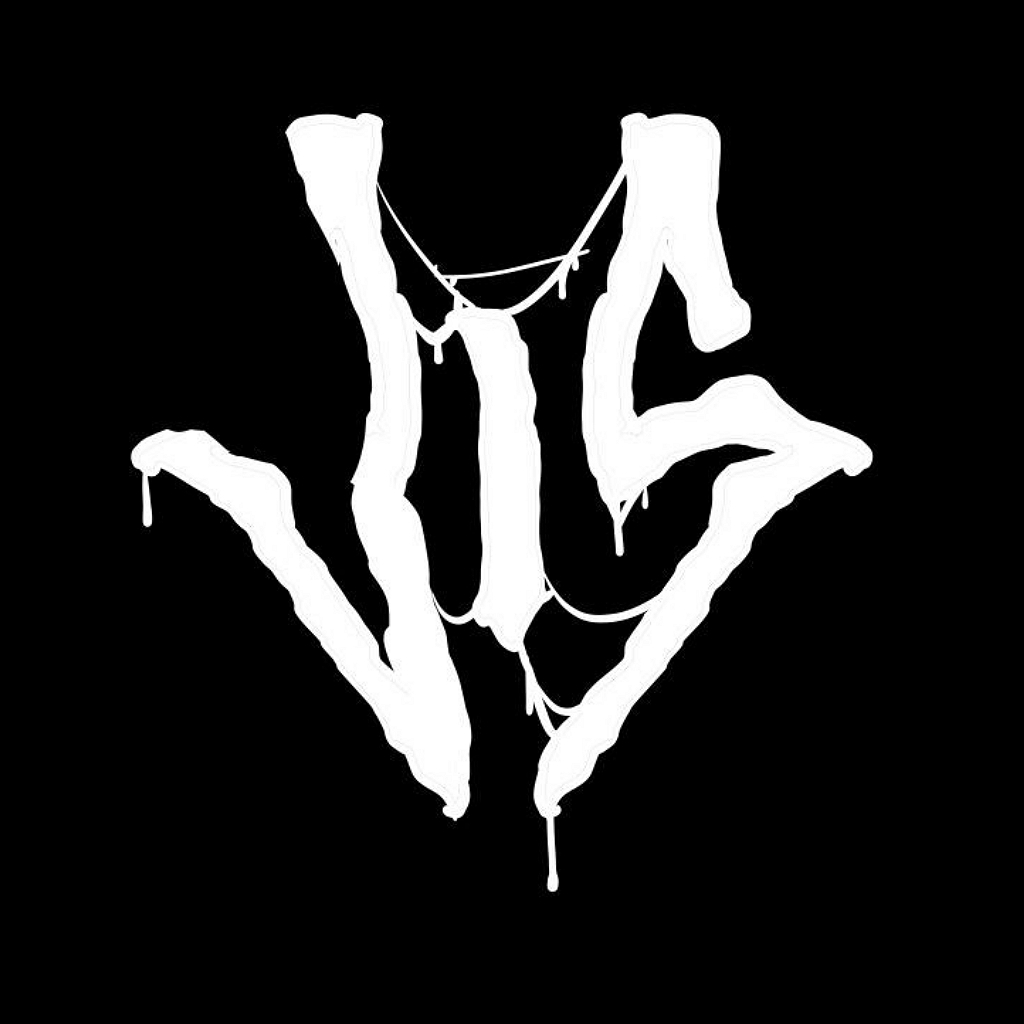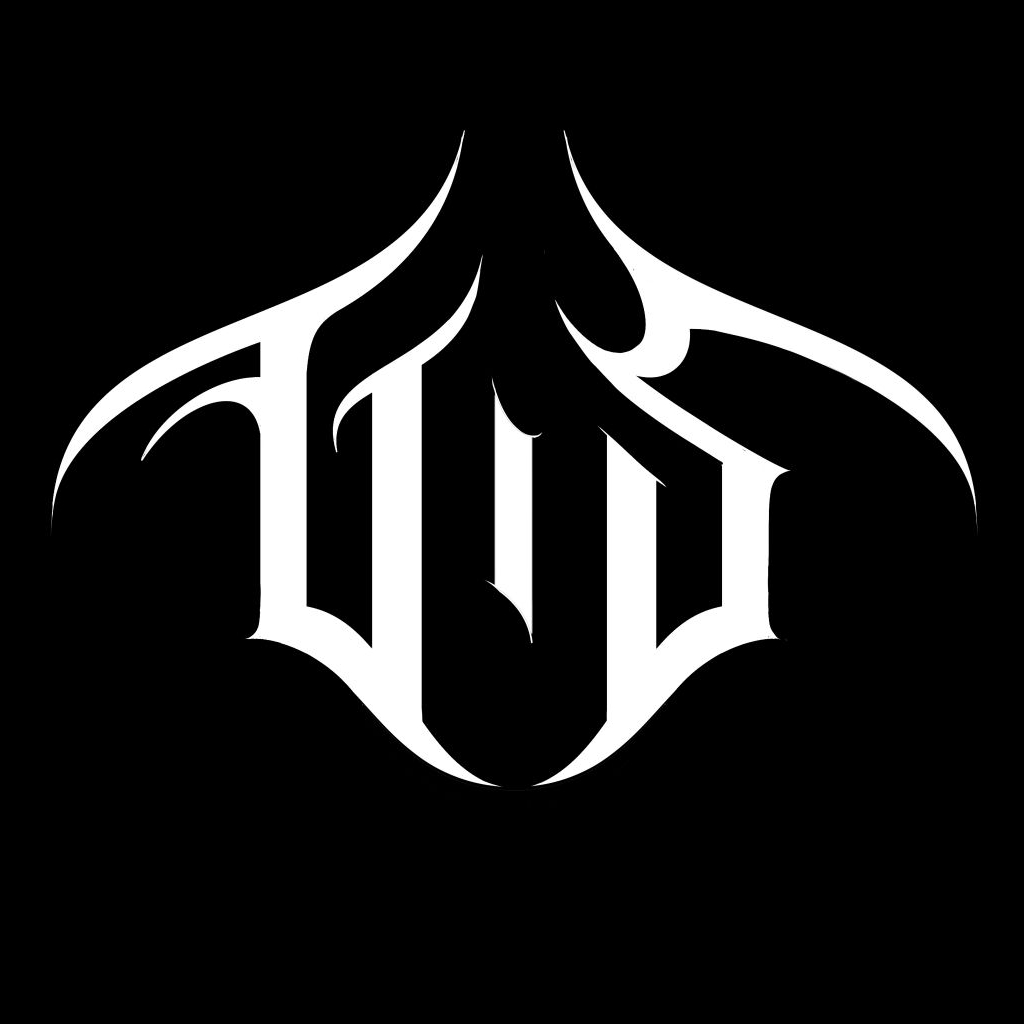Death Metal
Death Metal at large is one of the major “mainstream” modes of Extreme Metal. It’s typically characterized by low-tuned, heavily distorted guitars, aggressive, thumping drumming (featuring double-kicks and blast-beats), deep growling vocals, abrupt and complex changes in tempo and time signature … As a genre, it is very broad, encompassing a great deal of diversity. Indeed, it has spawned several subgenres since its inception in the mid- to late-1980s, all with their own specific iconography. Here I will be covering only some of them.
As a general rule it can be observed that in this genre the letters making up the logos tend to be thick and bold as opposed to, say, the letters making up Black Metal logos. The latter tend to be thin and sometimes somewhat shaky. In that these logos strikingly resemble the fans of these respective genres who are generally respectively heavy set characters and lanky, out-of-sorts pushovers.
And, contrary to Thrash Metal logos, Death Metal logos tend to have more “soft” elements. This, too, makes perfect sense. Thrash gives its fans a linear, myopic view on life in general: it’s all about alienation and oppression from a threatening, hostile world of authority – yet it offers nothing helpful in way of unburdening; meanwhile, ironically, Death offers a more rounded approach to life – offering a safe, routinized way of exploring things that would terrify or disgust most, which enables a cathartic dissipation of everyday’s tension.1 (I’m not gonna lie – I really didn’t expect to find a source to kinda back this up.)
Some Death Metal bands to check out:
- Bolt Thrower
- Death
- Septicflesh
Related (sub)genre(s):
Reference(s):
[1] M. Phillipov. Ch. 6: The Pleasures of Horror. Death Metal and Music Criticism: Analysis at the Limits, p. 100, 2012. Here, the author cites N.J. Purcell. Death Metal Music: The Passion and Politics of a Subculture, pp. 172 and 185, 2003; M. Dickstein. The Aesthetics of Fright. In B.K. Grant, ed. Plans of Reason: Essays on the Horror Film, 1984; and K.F.B. Fletcher and O. Umurhan, ed. Introduction: Where Metal and Classics Meet. Classical Antiquity in Heavy Metal, (2020).
Take me back to the sample overview.

